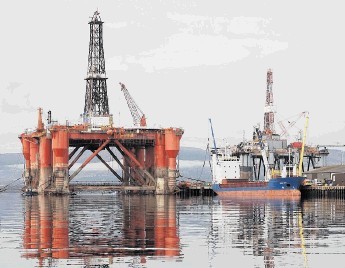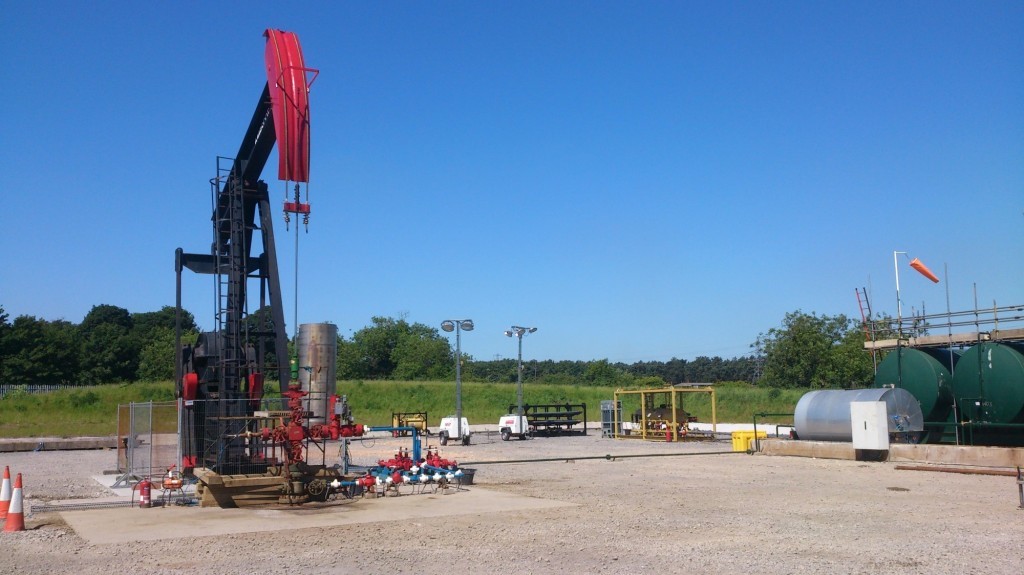
Energy has reached a milestone . . . its 10th birthday. Launched in March 2003, it was the successor to the Press & Journal’s Offshore Journal which was published semi-regularly throughout the North Sea big boom and monthly from 1992 until replaced by Energy.
This has been a terrific decade and we have enjoyed amazing loyalty from readers and advertisers alike. We are committed to never standing still as we strive to be relevant.
We’re particularly proud of our pioneering Young Energy edition published late January and we’re already planning one for early next year. Plus we’re planning an Energy Graduate edition for the autumn. Both are based on the Young Energy and Energy Graduate pages that we carry monthly.
This month we’re marking the very beginnings of Offshore Europe and will be giving the show massive attention come September as it celebrates 40 years of success.
Now to a serious matter . . . Shell’s decision to stop the Fram field development in its tracks. On February 21, a perfunctory statement was released late in the day and then selectively. Shell’s press office ignored Energy, for example.
However, I already had wind as SBM, which was to provide a floating production unit to the Fram project, issued a press statement saying its contract with Shell was cancelled.
The super-major said: “Shell has decided to reassess the development plan for the Fram oil and gas field in the North Sea, due to unexpected initial drilling results.
“Development drilling for the Fram field began last year but early assessments have shown unexpected well results.
“Development drilling will continue for the next several months and the results will inform a revised strategy for Fram. Shell and its partner are continuing to evaluate the potential of the Fram reservoirs, with a view to producing an alternative development plan for the field.
“In view of the ongoing project evaluation Shell has decided not to continue with several key contracts associated with this development.”
Besides SBM, another affected is Subsea 7. Curiously, however, as recently as February 11, the company submitted a PON15c for the Fram pipeline to DECC (Department of Energy & Climate Change). This is one of the permits required re liquids/pollution and so forth.
A colleague on the P&J’s business desk tried pressing Shell on what it meant by “unexpected initial well results”. Was it bad news? A spokesperson declined to elaborate.
But maybe the opposite is the case . . . results may be better than expected.
We just don’t know and I’m baffled as to why Shell is so cagey.
The Fram story is a long one. A lot of wells have been drilled, including more than half of the suite of producers required under the approved development plan.
It goes something like this.
Fram is located 220km east of Aberdeen and 50km west of the median line between the UK and Norway.
It was exploration well 29/3-1 in 1969 that resulted in one of the first gas discoveries in the UK Central North Sea for the Shell/Esso joint venture.
Fram, straddling blocks 29/3c and 29/8a, was a gas-condensate discovery. At first it was deemed uneconomic due to its complex structural and stratigraphic nature, plus concerns over reservoir quality and extensive compartmentalisation. By the standards of the day it appeared to be small and there were larger targets to pursue and develop.
Fram was shelved until 1999, when a rethink led to appraisal well 29/3a-6. But it failed to definitively establish the field fluid contacts, though a successful drill-stem test was carried out.
Public record tells us that, despite the encouraging results from 29/3a-6, significant uncertainty remained regarding reservoir thickness and N/G (net to gross sand ratio) distribution, hydrocarbon saturations and fluid contact depth. So it was hard to get a grip on what the reserves might in fact be.
Nearly a decade later, in 2007 and 2008, Shell/Esso reviewed Fram, carrying out an intensive study of its structure and properties.
This detailed subsurface evaluation, in conjunction with subsea and facilities engineering studies, led to the decision to drill the 29/3c-8 and -8z appraisals early 2009.
Sufficient positives had been gathered to consider Fram commercial and so the development process started, gaining DECC approval last October by which time development drilling was already under way using the Ocean Guardian.
Shell set out to drill five out of the eight development/production wells: Initially 29/3c-A1 was spudded on July 1; followed by A2 on July 22, A3 on 25 July, A4 on July 27 and A5 on July 29.
A2, A3 & A5 are described as suspended (by DECC), but Energy is advised that A1 and A4 are “active”, with operations currently ongoing on A4.
So, the Ocean Guardian continues to plug away whilst key contracts are chopped, suspended, under discussion . . . or whatever the right corpora-diplomatic language is.
So, what on earth is going on Shell? There will be a lot of folk in the North Sea community very keen to discover what’s up with Fram.
Recommended for you
